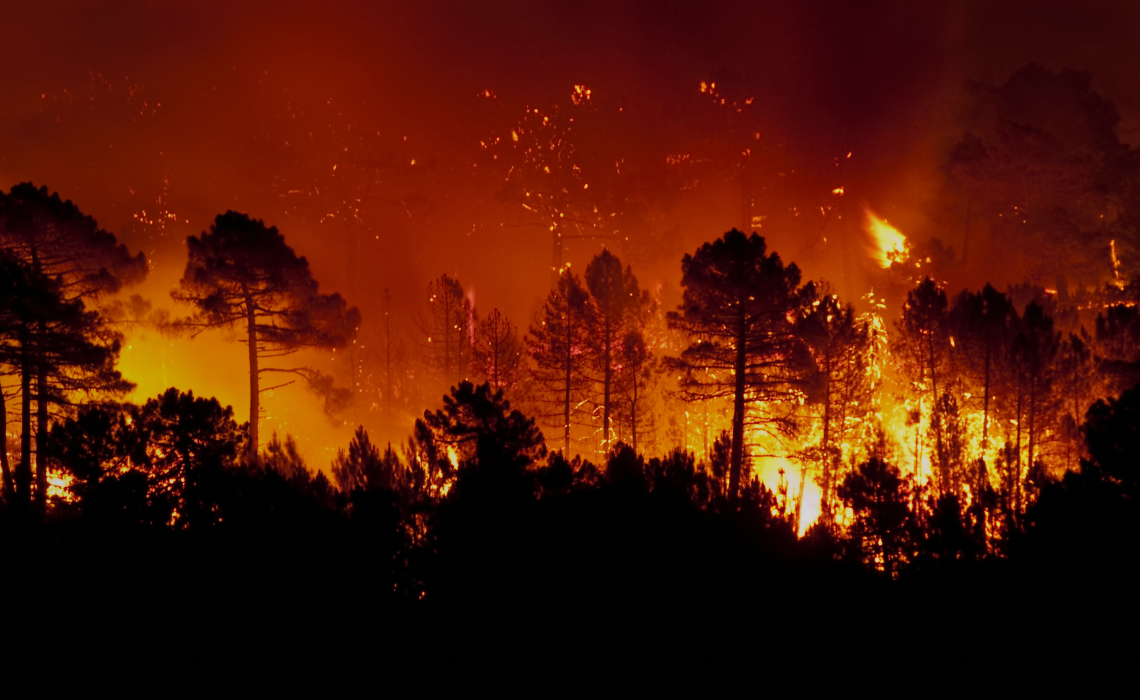38% Rate Hikes, AI & Drones, and a Florida Surprise: The P&C Shake-Up You Can’t Ignore
38% Rate Hikes, AI & Drones, and a Florida Surprise
The property insurance industry is facing a turning point. While some markets are stabilizing, others—like California—are bracing for major disruptions. Meanwhile, insurers are doubling down on AI and satellite-driven risk assessment, fundamentally reshaping how properties are insured and claims are paid. Here’s what’s making headlines this month.
Listen to the episode or read the blog below:
California’s Insurance Crisis: State Farm’s Rate Hikes Shake the Market
California’s insurance market crisis deepened this month as State Farm secured provisional approval for an emergency rate hike that could affect millions of policyholders. The proposed increases, subject to a public hearing on April 8, 2025, include:
- 21.8% hike for homeowners
- 15% increase for renters and condo owners
- 38% surge for rental dwellings
This move comes amid growing financial strain on insurers operating in wildfire-prone areas. Insurance Commissioner Ricardo Lara also urged State Farm to halt non-renewals and inject $500 million from its parent company to stabilize its operations—a rare step signaling just how precarious the market has become. If State Farm proceeds with widespread non-renewals, tens of thousands of Californians could be forced into the state’s high-risk insurance pool, FAIR Plan, at significantly higher premiums. [LATimes]
Commercial Property Insurance: Finally Stabilizing?
For the first time in years, rate hikes in the commercial property insurance market appear to be slowing down—at least for policyholders with strong loss histories. Most renewals are seeing single-digit increases, a stark contrast to the double-digit spikes of recent years. However, insurers remain cautious, particularly in regions vulnerable to hurricanes and wildfires, where premiums continue to rise. [MJCos]
A notable shift is the growing adoption of alternative risk financing. As traditional insurance becomes more expensive and difficult to obtain, businesses are turning to:
- Captive insurance structures, where companies self-insure
- Parametric policies, which trigger payouts based on specific weather conditions rather than traditional damage assessments
- Structured fronting arrangements, which blend self-insurance with carrier-backed coverage
These strategies are becoming essential tools for corporate risk managers navigating a volatile insurance landscape. [GTLaw]
Florida’s Insurance Market: A Surprising Turnaround
In Florida, where insurers have struggled with high litigation costs and hurricane risks, the insurance market is showing signs of improvement. The state's largest insurer, Citizens Property Insurance Corporation, saw its policy count shrink by 19.5% in 2024, signaling that private insurers may finally be regaining confidence in the market. [PropertyCasualty360]
The catalyst? Recent tort reforms aimed at curbing lawsuit abuse. By restricting excessive claims litigation, the state has begun to ease financial pressure on insurers—though it remains to be seen whether this trend will hold through the next hurricane season. [GlobeNewswire]
Tech: AI and Satellites Are Redrawing the Insurance Map
Forget slow, manual claims assessments—insurers are now deploying AI-powered satellite imaging and real-time IoT sensors to assess property risks faster and more accurately than ever before.
🔹 What’s new? Insurance companies are scanning entire neighborhoods using AI-driven satellite imagery, identifying roof conditions, tree overhangs, and potential fire hazards before a claim is even filed. This allows them to predict losses, adjust rates, and even deny coverage based on real-time data. [GTLaw]
🔹 Drones are replacing traditional property inspections. After a storm or wildfire, adjusters are increasingly relying on automated drone flyovers to assess damage within hours instead of days. [PropertyCasualty360]
🔹 IoT devices are preventing claims before they happen. Smart home sensors are now detecting pipe leaks, monitoring fire risks, and even tracking structural shifts in buildings, sending instant alerts before disasters escalate into major claims. [InsuranceJournal]
This shift means insurers are moving from reactive claims processing to proactive risk management—a fundamental change that could reshape underwriting and pricing models in the next decade.
Flood and Wildfire Insurance: A New Normal
As climate change fuels more extreme weather events, insurers are launching standalone flood and wildfire coverage policies at an unprecedented rate.
- In California, where wildfire risk has driven insurers away, carriers are now offering specific wildfire insurance policies with higher deductibles but guaranteed renewals.
- In flood-prone areas, new private flood insurance options are emerging to compete with the government-backed National Flood Insurance Program (NFIP), offering higher coverage limits and faster payouts.
These specialized policies are filling the coverage gaps left by traditional property insurance, providing a much-needed safety net for homeowners and businesses in high-risk zones. [LATimes]
Final Thoughts: A Changing Landscape for Brokers and Risk Managers
With rates stabilizing in some areas and surging in others, brokers must be more strategic than ever in helping clients navigate coverage challenges.
Key takeaways from this month’s updates:
✅ California’s crisis is intensifying, with State Farm’s rate hikes and capital pressures making non-renewals more likely.
✅ The commercial market is shifting, with captives and parametric policies on the rise.
✅ Technology is transforming risk assessment, allowing insurers to predict losses before they happen.
✅ Flood and wildfire insurance are becoming essential, as traditional policies fall short in high-risk areas.
As these trends evolve, brokers who stay ahead of market shifts will have the upper hand in advising clients and securing the best coverage options.
📢 Did you like this article? Subscribe to our Broker Trends Newsletter and Building Potential Series with Hemant Shah to stay informed about the latest industry news.
Subscribe to Broker Trends Newsletter & Building Potential Series
Share this
You May Also Like
These Related Stories

Reinsurance Reaches $715 Billion: Navigating the $115 Billion Alternative Capital Boom

Fire Hazard Maps and Their Critical Role in Wildfire Protection
